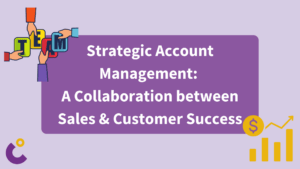
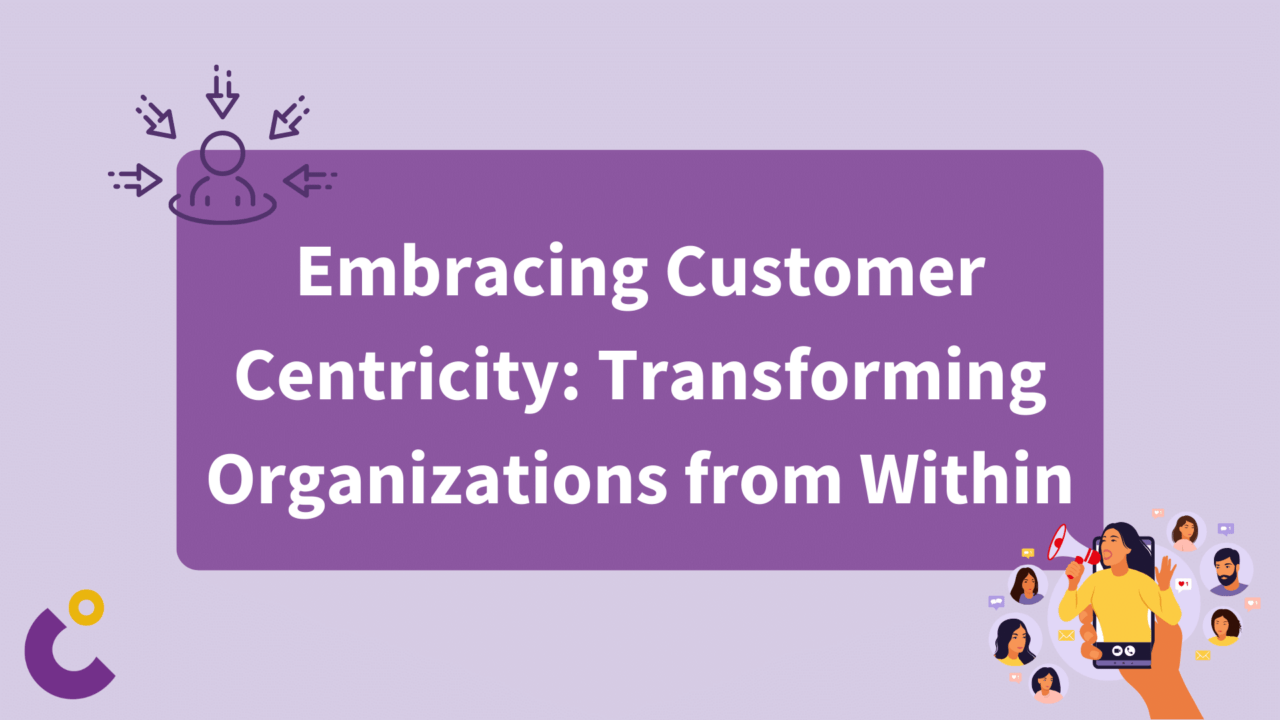
Embracing Customer Centricity: Transforming Organizations from Within
You might have heard us speak and write about customer obsession over and over. That is because it is at the heart of our framework and we consider it a strategic imperative. Companies that prioritize their customers’ needs and expectations are more likely to thrive in the long run. But for us, a true customer obsession strategy goes beyond superficial gestures of good service, it fosters a holistic mindset lived and breathed by the entire organization. In this blog post, we want to dive deep into the crucial role of Customer Success as the internal customer advocate when it comes to customer centricity.
A shocking example of the lack of customer centricity in different functional areas is the CMO Council sharing that “only 14% of marketers say that customer centricity is a hallmark of their companies, and only 11 percent believe their customers would agree with that characterization.”
We work with many great CS leaders that all share the challenge of wanting to be the drive for change but lack the power to bring it to all departments. We want to equip you with the tools to influence your wider organization, making customer centricity a core value and driving force for success. Eventually, Bain & Company showed how customer centricity can grow an organization’s revenue 4% to 8% faster than their competitors.
The Power of Customer Success as the Internal Advocate
We consider Customer Success as the driving force behind any customer obsession strategy. CS professionals are dedicated to ensuring that customers achieve their desired outcomes, which directly impacts their satisfaction and loyalty. As the ones working closest with customers, CS gains invaluable insights into their pain points, goals, and expectations. Forbes backs our standpoint in that and shared a similar opinion in their Guide to Cultivating A Customer-Centric Culture Transformations.
With this deep understanding of the customer, Customer Success is in the perfect position to be an internal advocate that relentlessly pushes for customer-centricity throughout the organization. You have the chance to act as the voice of the customer, bringing their feedback, needs, and concerns to every department’s attention.
Influencing the Whole Organization towards Customer Centricity
Creating a customer-centric organization requires a collective effort from all teams. There is only so much we can achieve from our position in post-sales, so let’s spread our knowledge and insights to all those dotted-line related functions.
Here’s how we advise Customer Success to influence each department to put the customer first:
1. Product Development and Engineering:
Customer Success has the ability to provide critical feedback to product development and engineering teams. By helping them identify opportunities for improvement and aligning product roadmaps with customer needs, there is no more gap in functionalities requested and those delivered. Especially in product focused companies, the buzzword of product-led-growth is top of mind at all times. By involving CS in the development process, those organizations can actually create products that better serve the target audience and make revenue grow organically through the immaculate functionality.
2. Sales and Marketing:
Customer Success holds a wealth of customer success stories, testimonials, and feedback that they are able to share with sales and marketing teams. This valuable content can be used to showcase the company’s dedication to customer satisfaction. It builds trust with prospects, and demonstrates real-life benefits of the products or services.
Additionally Sales, Marketing and CS all should be aligned along the customer journey in order to deliver a smooth user experience. So their fruitful collaboration is not just of internal importance to build marketing material, but to build smooth transitions and handovers from one team to the next. Again always with the goal of customer centricity in mind!
3. Operations and Support:
Customer Success also collaborates with operations and support teams to streamline processes and ensure a seamless customer experience. As CS usually is the main point of contact for a customer, they are the ones feeling the consequences of unmet expectations and insufficient service and solutions. By addressing pain points and resolving issues efficiently, organizations can improve customer retention and foster loyalty. CS in this situation should be in charge of always asking How would our customers feel about this? Or Is that what really solves our customers’ challenges?
Customer Centricity has to be a strategic priority
To create and live a customer obsession strategy that permeates the entire organization, companies, strategic work and guidance is the key. Without leadership determining maximum customer value as the north star, it is going to be an endless fight to grow this mentality from the bottom up. Aligning the strategy around customer centricity has many different facettes.
Clearly defining roles and responsibilities around customer centricity
Most teams will know what role they play in satisfying the customers of an organization. But breaking it down into the milestones and value drivers that really differentiate one product or service from another is where the real power lies. Looking at the worst case scenario, a product team is driven by the pure joy of crafting something they considered unfeasible in the first place. In that same scenario, sales might be driven solely by the hunt for new logos for their book while not caring about any sustained success of those customers already acquired. Turning towards the best case scenario on the other hand, we see greatest results if each function has a charter and playbook established that ties their function into the overarching goal of sustainable customer satisfaction and retention. Additionally, there will be no more friction in between functions if each role is scoped out in detail and tailored into their functional niche.
Setting overarching goals for customer loyalty that functional efforts are united
To make it tangible for each team, this goal has to be broken down into the individual levers that they respectively own and are responsible for. A negative example would be a Sales team striving only for net new sales generation, while CS pulls to generate growth from the existing customer base. A positive example is the alignment of CS and Product performance metrics in the tailoring of new developments to the previously researched customer needs.
Creating a transparent data layer that makes the accomplishment of customer obsession visible to all teams
How are internal teams supposed to align their efforts in order to truly live customer obsession along the customer journey if they don’t speak the same language essentially? In a negative example, all functional teams live in their individual tools, looking at siloed dashboards and reporting in a language unique to their profession. On the flipside, with the right strategic efforts all those teams speak a common language of how customers are won, retained and satisfied. Whether it is making Voice of Customer metrics and results visible and top of mind for all teams or linking functional data and metrics to the previously defined common goal of e.g. revenue retention or churn prevention.
Long story short…
Building a customer obsession strategy starts with nurturing a customer-centric mindset across all departments. We are convinced that CS plays a pivotal role in this transformation, serving as the internal customer advocate that influences the organization to prioritize customer needs. With strategic work and support, you can leverage the power CS holds to drive your journey towards becoming truly customer-obsessed. Eventually this is what sets you up for long-term success in the market!
As a consultancy focused on post-sales organizations, we understand the significance of Customer Success as the bedrock of customer-centricity. We work closely with our customers to build and optimize their Customer Success function, aligning it with their overall business goals. By enabling them to step up to the full potential of their internal advocacy, we are able to deliver great financial results and grow customer satisfaction in the long run.
This might also interest you


Beyond Internal Walls: Unlocking the Power of External Customer Journey Mapping
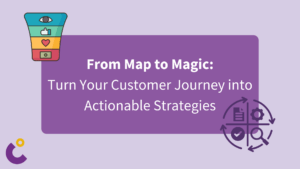
From Map to Magic: Turn Your Customer Journey into Actionable Strategies
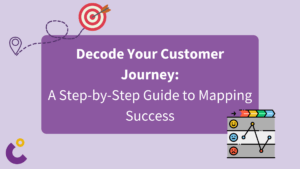
Decode Your Customer Journey: A Step-by-Step Guide to Mapping Success

Beyond the Score: Transforming Net Promoter into a Growth Engine – Net Promoter System
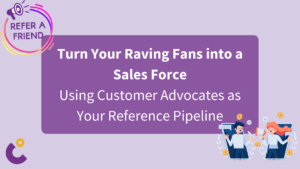
Turn Your Raving Fans into a Sales Force: Using Customer Advocates as Your Reference Pipeline
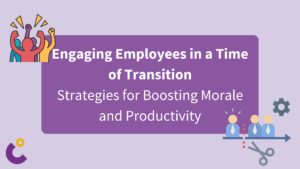
Engaging Employees in a Time of Transition: Strategies for Boosting Morale and Productivity
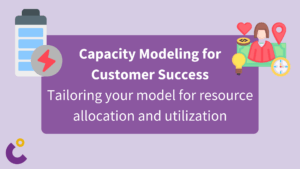
Capacity Modeling for Customer Success
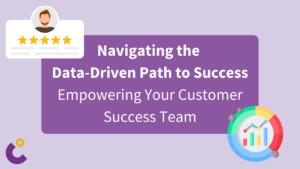
Data Driven Customer Success
